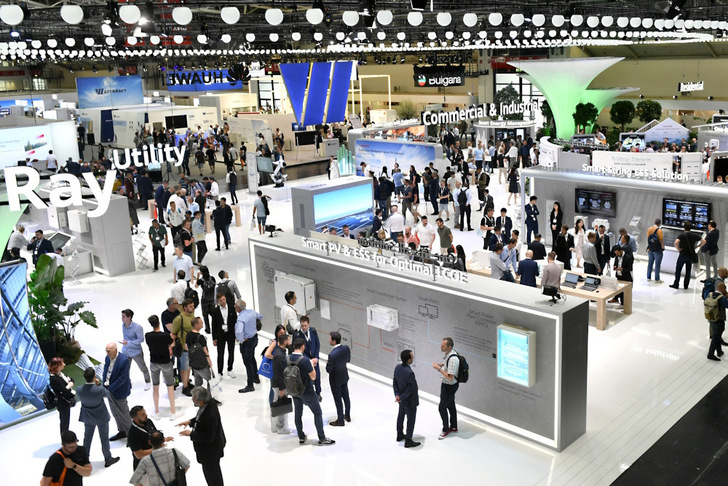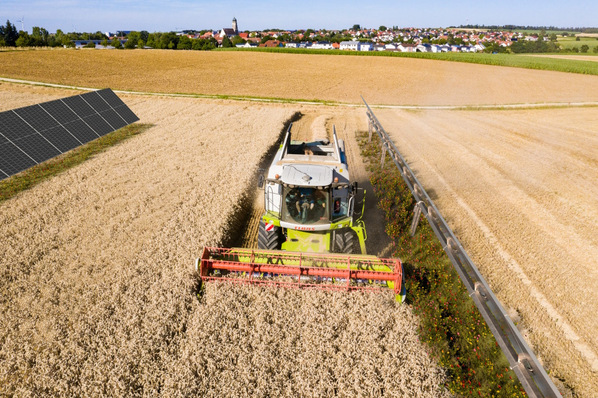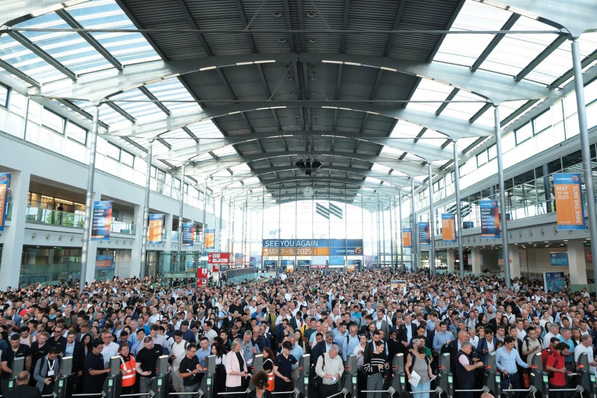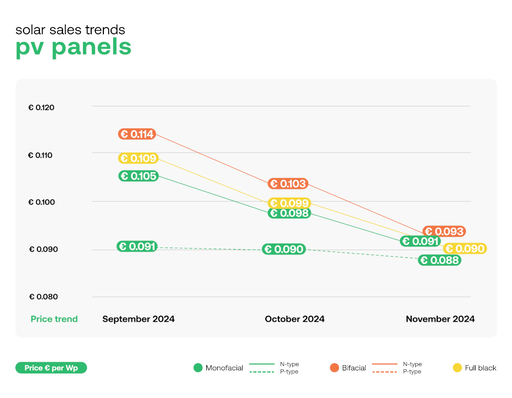According to the European industry association SolarPower Europe, Poland has been one of the top ten leading countries in Europe in terms of PV deployment since 2016. Hungary has joined the list after adding 1.6 gigawatts (GW) of PV capacity in 2023, a 45 percent increase over the previous year. This was the country’s most successful solar year ever.
Bulgaria, Romania and the Czech Republic have also exceeded the one gigawatt mark last year. On sunny days, solar energy accounted for 41 percent of Bulgaria’s power supply in 2023. The country has an average sunshine duration of 2,000 to 2,600 hours per year. Romania saw a 308 percent growth compared to the previous year, deploying more than one GW of new capacity. After 13 years, the Czech Republic is now celebrating its comeback to the gigawatt market stage with a new solar boom. According to the Czech solar association, 82,799 new solar systems were installed last year. That’s 49,039 more than in the previous year! The country’s total solar power output increased dramatically, by 970 megawatts (MW) to be exact.
The PV boom in Eastern Europe is driven by a desire for greater energy independence and a commitment to environmental and climate targets. Other key drivers are cost efficiency, technological advances and subsidy policies.
Major projects in Eastern Europe continue to progress
From initial discussions to grid connection in just six months: In November of 2023, joint venture Iqony Solar Energy Solutions (SENS) and LSG realized a new solar farm project in Sényő, Hungary. With over 95,000 solar modules, the solar farm is expected to save almost 40,000 tons of CO2 per year. This project is part of a larger development in which Hungary has started to rely more on renewables since 2020 to increase its energy independence. The Hungarian government is supporting this transformation with 433 million euros in funding since May 2023, promoting the deployment of PV capacity and flexibilization of the power grid.
In addition, SENS secured a project in Poland to develop a PV pipeline with up to one GW of installed capacity. Contracts have now been signed for the first four projects (355 MW capacity) in this pipeline. The four solar farms will be built in the Wrocław region and in the east of the country. The largest solar power plant currently has a capacity of 204 MW and is located in Zwartowo, west of Gdańsk. This year, it will be expanded by 86 MW. In Bulgaria, solar deployment is also gaining traction: In the second half of 2023, Jinko Solar supplied a total of 220,000 bifacial modules for the solar power plant Verila. With 132 MW, this is the country’s largest PV project.
Intersolar Europe: more visitors from Eastern Europe
This momentum in the Eastern European market can be felt at Intersolar Europe and its parallel exhibitions: In 2023, more than ten percent of trade visitors from The smarter E Europe’s top 30 countries were from Eastern Europe – a 50 percent increase compared to the previous year. For the upcoming event in Munich from June 19–21, 2024, the organizers are expecting another surge in visitors from this region. At the world’s leading exhibition for the solar industry, they can learn more about the latest products, solutions and business models, as well as the requirements for a rapid deployment of renewable sources of energy.
Join our live events from The smarter E in Munich
At the Intersolar Forum in hall A3 (booth A3.150), trade visitors can look forward to a diverse presentation program about current industry topics – from large-scale PV plants and innovative solar technology to agricultural PV. The Intersolar Europe Conference, starting one day before the exhibition (June 18, 2024), also offers a wide range of content. Experts will discuss topics such as power purchase agreements (PPAs), financing models and hybrid solar power plants. They will also provide insights into different markets, for example the annual Global Market Outlook provided by the industry association SolarPower Europe.
Meet our experts at The smarter E in Munich
Intersolar Europe and the parallel events ees Europe, Power2Drive Europe and EM-Power Europe will take place from June 19–21, 2024 as part of the innovation hub The smarter E Europe, the continent’s largest alliance of exhibitions for the energy industry, at Messe München. (hcn)








